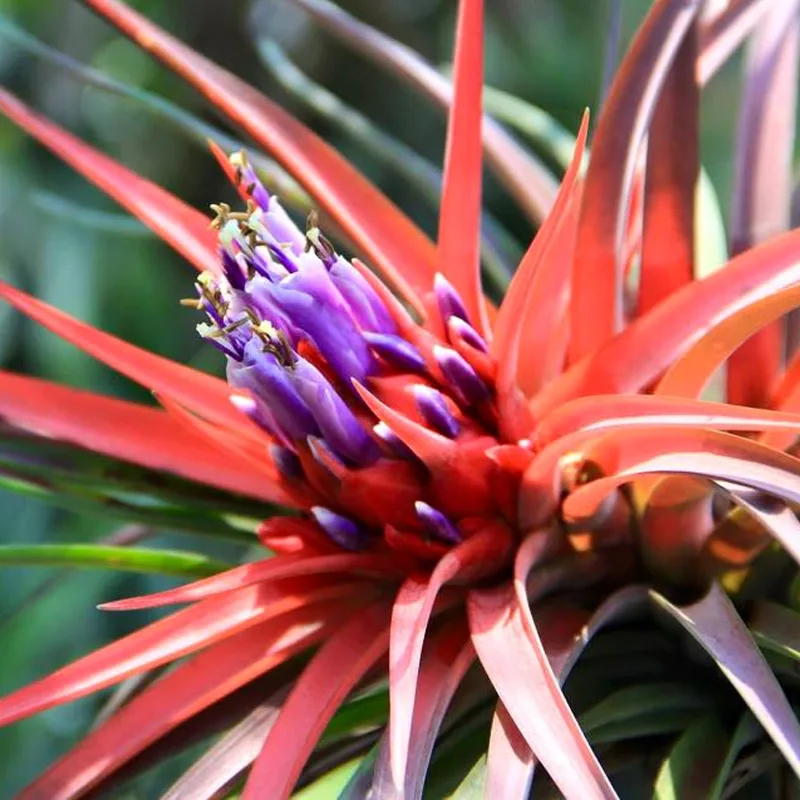
Frequently Asked Questions About Cleistocactus Strausii
As someone who’s spent years caring for a variety of cacti, I’ve always found Cleistocactus Strausii, or the “Silver Torch” cactus, to be one of the most striking plants in any collection. Its tall, columnar shape and silvery spines make it an excellent choice for both indoor and outdoor gardens. In this article, I’ll answer some of the most common questions about this unique cactus based on my personal experiences.
27 Species in Genus Cleistocactus
What is Cleistocactus Strausii?
Cleistocactus Strausii, also known as the Silver Torch cactus, is a columnar cactus native to Bolivia and Argentina. It can grow up to 10 feet tall and is characterized by its dense, silvery spines that cover the plant. This cactus produces tubular red flowers that bloom from the sides of the plant, adding a stunning contrast to its silvery appearance.
I’ve found it to be quite hardy, thriving in a variety of conditions, and its unique appearance makes it a standout in my cactus collection. It’s perfect for those who love visually striking plants that don’t require a lot of fuss.
How to Care for Cleistocactus Strausii?
Caring for Cleistocactus Strausii is relatively straightforward, which is one of the reasons I enjoy having it around. Here’s what I’ve learned about keeping this cactus healthy:
- Light: This cactus thrives in bright, indirect sunlight. When I keep mine outdoors, I make sure it’s in a spot that gets at least six hours of sunlight daily. Indoors, placing it near a sunny window works just fine.
- Watering: Like most cacti, Cleistocactus Strausii doesn’t require frequent watering. I water mine deeply but let the soil dry out completely between waterings. Overwatering can lead to root rot, so it’s essential to avoid soggy soil.
- Soil: I use a well-draining cactus mix, which ensures the roots don’t sit in water. Adding perlite or sand can improve drainage if needed.
- Temperature: This cactus is quite tolerant of cold temperatures, surviving down to 14°F (-10°C). However, I bring mine inside during harsh winters to avoid frost damage.
- Fertilizer: During the growing season (spring and summer), I fertilize my Cleistocactus Strausii once a month with a balanced cactus fertilizer. This keeps it growing strong.
How to Propagate Cleistocactus Strausii?
Propagating Cleistocactus Strausii is easy, though it does take some patience. Here are two methods I’ve used:
- Offsets: Cleistocactus Strausii often produces offsets (small offshoots) at the base. I wait until the offsets are a decent size before gently removing them with a clean, sharp knife. After letting the cut callus over for a day or two, I plant it in well-draining soil and water sparingly until new growth appears.
- Seeds: I’ve also tried growing Cleistocactus Strausii from seeds, which is a slower process. After collecting seeds from a mature plant, I sprinkle them on top of moist cactus mix and keep the soil consistently damp until they germinate.
What to Plant with Cleistocactus Strausii?
I like to pair Cleistocactus Strausii with other cacti and succulents that have contrasting forms and colors. For example, I often plant it alongside Echinopsis species or Aloe Vera. The combination of different textures—like the spiky columns of Cleistocactus Strausii and the rounder shapes of Echinopsis—creates an interesting visual dynamic.
Succulents like Sedum or Agave also work well as companions because they thrive in similar conditions.
Is Cleistocactus Strausii Toxic?
From what I’ve researched and experienced, Cleistocactus Strausii is not toxic to humans or pets. However, its spines can be quite sharp, so I always handle it with care. It’s best to keep it out of reach of children and pets to avoid any accidental injuries.
Common Problems with Cleistocactus Strausii
Even though Cleistocactus Strausii is relatively low-maintenance, I’ve run into a few issues over the years:
- Root Rot: This is the most common problem I’ve encountered, usually due to overwatering. To prevent root rot, I always make sure the soil dries out completely between waterings.
- Pests: I’ve had a few run-ins with mealybugs and spider mites. These pests can be dealt with by wiping them off with a cotton swab dipped in rubbing alcohol or using a mild insecticidal soap.
Compare Cleistocactus Strausii with Similar Cacti
Cleistocactus Strausii is sometimes confused with other columnar cacti, particularly Espostoa Lanata, which also has silvery spines. However, I find that Espostoa has a much woollier appearance, while Cleistocactus has more distinct, needle-like spines.
Another cactus that shares some similarities is the Oreocereus Celsianus. While both are tall and columnar, Oreocereus tends to have longer, hair-like spines that give it a “fuzzy” appearance, unlike the denser, more structured spines of Cleistocactus Strausii.
Benefits of Cleistocactus Strausii
One of the main benefits of Cleistocactus Strausii is its low maintenance. For me, it’s an ideal plant for both beginners and seasoned gardeners because it requires minimal care once it’s established. It’s also drought-tolerant, making it perfect for xeriscaping or water-wise gardening.
Additionally, the tall, dramatic shape of this cactus makes it a fantastic focal point in any garden or collection. I particularly love how it looks when it blooms—those red tubular flowers are a showstopper.
Final Thoughts
Cleistocactus Strausii is one of my favorite cacti for a reason. It’s easy to care for, visually striking, and adds an architectural element to any space. Whether you’re an experienced gardener or just starting, I highly recommend giving this cactus a spot in your collection. Just remember to give it plenty of sunlight, water it sparingly, and enjoy the beauty it brings!
If i die, water my plants!



